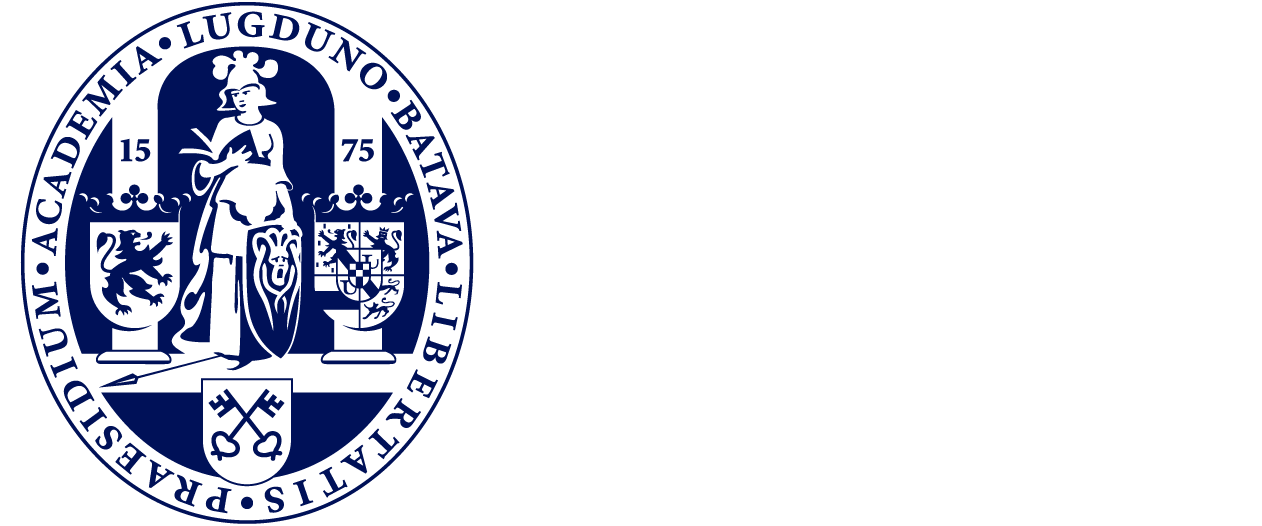Webinar on November 22, 2023, 3:00 pm UTC+1
Keynote: Super-Resolution Microscopy of Excitonic Photoluminescencein/with SWIR Emitting Carbon Nanotubes
Single-molecule super-resolution localization microscopy has set a new paradigm in the field of optical imaging by delivering super-resolution images, i.e., with resolution much better than the diffraction limit. On the other hand, single wall carbon nanotubes (SWCNTs) display bright and stable excitonic photoluminescence in the SWIR, a domain of wavelength bearing many promises in quantum optics or bioimaging for instance. Interestingly, the recent years have seen the advent of covalent functionalization strategies onto nanotubes opening new avenues to manipulate and enhance the excitonic fluorescence in SWCNTs (e.g., through exciton trapping).
Yet, the use of long wavelength (SWIR) is not an asset when an understanding of excitonic luminescence is desired for example for the study of exciton localization or for imaging applications which are limited by the diffraction limit. Applying concepts developed in super-resolution imaging to engineer and study basic SWCNTs photophysics or to design novel nanoprobes, thus represents an appealing opportunity.
In his quest I will present our efforts to marry SWCNTs luminescence and super-resolution imaging, for understanding basic excitonic processes in carbon nanotubes including the direct visualization of excitonic localization at color center location, generation of ultrashort fluorescent nanotubes or the creation of optical molecular switches based on SWCNT nano-hydrids. If time permits, I will also show applications of these concepts to the study of the brain extracellular space at the nanoscale.
Cognet et al., Nano Lett. 8, 749–753 (2008).
Godin et al., Nat. Nanotechnol. 12, 238–243 (2017).
Danné et al., ACS Nano 12, 6059 (2018).
Godin et al., Sci. Adv. 5, eaax1166 (2019).
Soria et al., Nat. Commun. 11, 3440 (2020).
Nandi et al., Nanomater. 12, 9 (2022).


